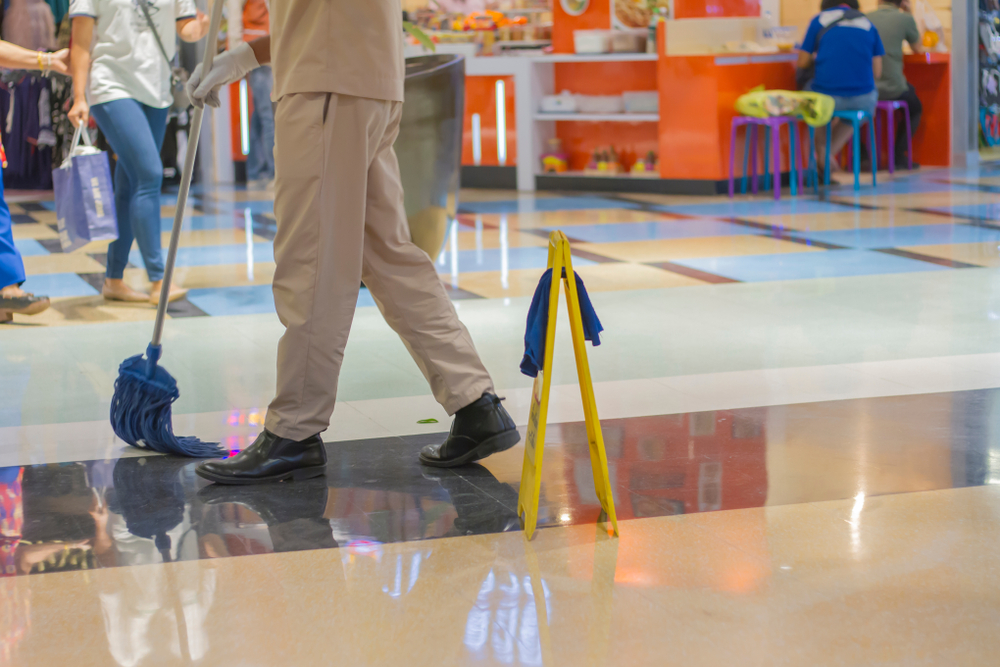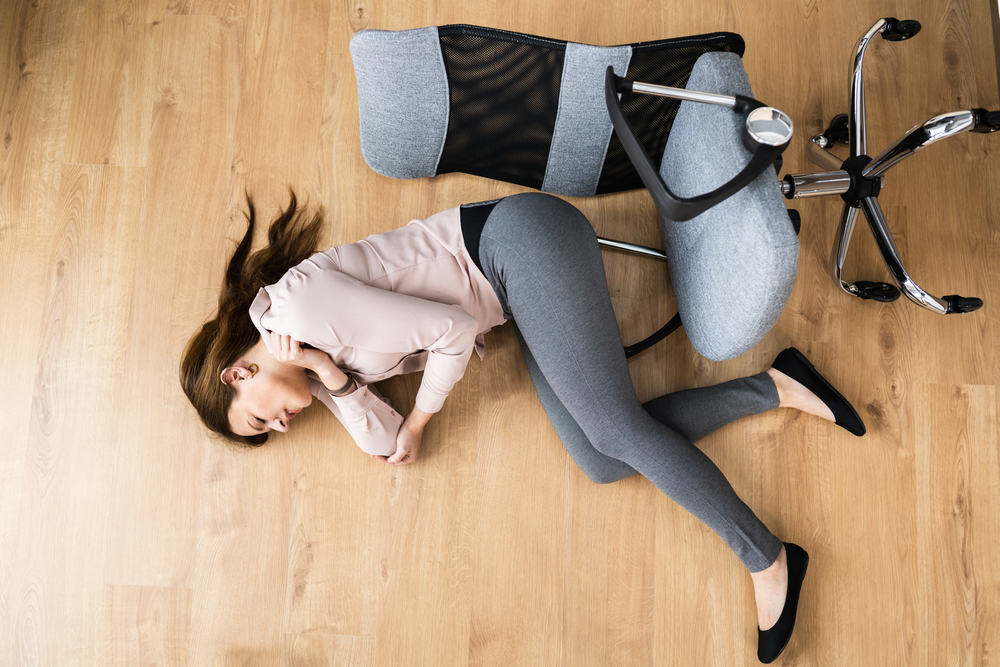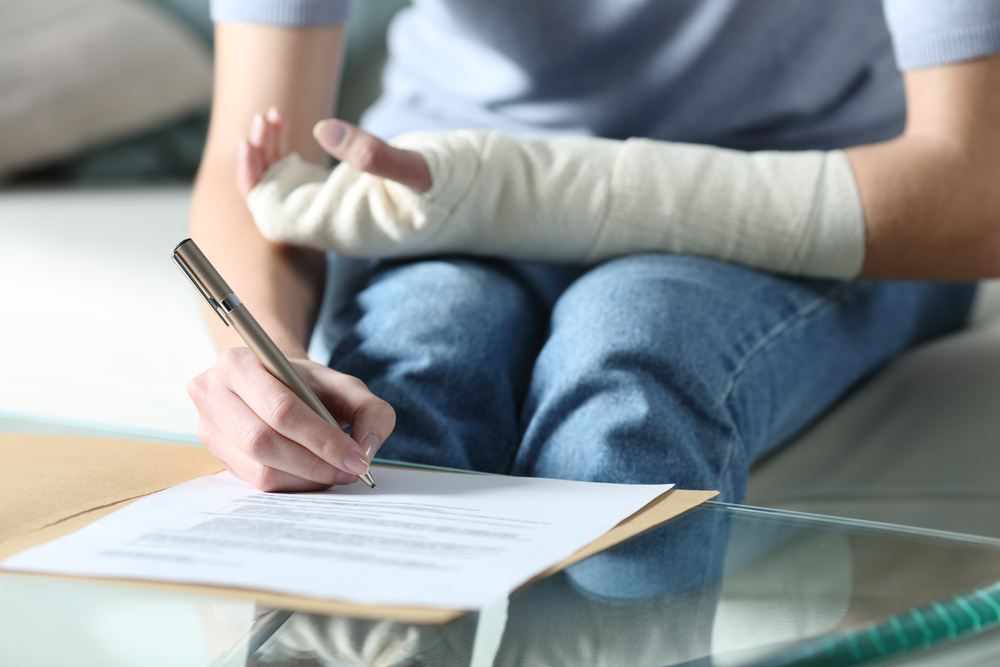
Proving Liability in Slip and Fall Cases
How California law determines responsibility for slip and fall accidents
Slip and Fall? Know Your Rights
A slip and fall accident can disrupt your life in an instant. In California, property owners have a legal responsibility to keep their premises safe. If you were hurt because someone failed this duty, you may have the right to seek compensation. Proving who is liable, however, takes more than just showing you were injured. It requires evidence, a clear understanding of state law, and often, a strategic legal approach.
Slip and fall claims fall under the broader umbrella of personal injury law, and they can happen anywhere: in grocery stores, at apartment complexes, on sidewalks, or even in traffic accident contexts. California’s laws are designed to protect people from unsafe property conditions, but holding the right party accountable can be challenging.
What Counts as a Slip and Fall?
Not every fall leads to a valid legal claim. Under California law, a slip and fall case arises when:
- Someone is injured by a hazardous condition on another’s property
- The property owner or occupier was negligent in maintaining safe conditions
- That negligence directly caused the injury
Hazardous conditions may include:
- Wet or slippery floors
- Uneven pavement or flooring
- Poor lighting
- Hidden obstacles or debris
Cases like premises liability overlap with slip and fall, but the focus here is on injuries from slipping, tripping, or falling.
Duty of Care in California
California’s Civil Code Section 1714 states that everyone is responsible for injuries caused by their lack of ordinary care. For property owners, this means:
- Regularly inspecting their property
- Repairing dangerous conditions promptly
- Warning visitors of potential hazards
If a store owner ignores a spilled drink, for example, and a customer slips, the owner could be liable. Similar standards apply to landlords, business operators, and even some tenants.
Key Elements to Prove Liability
To win a slip and fall case, you need to show:
- The property owner had control over the area where you fell
- They knew, or should have known, about the dangerous condition
- They failed to fix, clean, or warn about the hazard in a reasonable time
- The hazard directly caused your injury
This standard is sometimes called “notice” — did the owner know about the problem, or would a reasonable person have noticed it?
Gathering Strong Evidence
Evidence is the backbone of any successful slip and fall claim. Important steps include:
- Photographing the scene, hazard, and your injuries
- Collecting witness statements and contact information
- Requesting store or property surveillance footage
- Noting the time, date, and exact location of your fall
- Keeping your clothing and shoes from the incident
California courts will closely examine what evidence you can present, so acting quickly after an accident is vital. For more tips on what to gather, see How to Document a Slip and Fall Injury for a Claim.
Role of Comparative Fault
California follows a “pure comparative fault” rule. If you were partly responsible for your own fall (for example, by ignoring warning signs or wearing inappropriate footwear), your recovery may be reduced by your percentage of fault.
Examples of comparative fault include:
- Texting while walking and not seeing a hazard
- Entering a clearly marked “wet floor” area
- Running in a crowded hallway
Even if you share some blame, you might still recover a portion of your damages.
Statute of Limitations: Don’t Wait
You generally have two years from the date of your slip and fall to file a lawsuit in California. If a government agency is involved (such as a fall on city property), you must file a claim within six months.
Missing these deadlines usually means losing your right to compensation. For more on time limits and legal steps, see Proving Liability in Slip and Fall Cases.
When Businesses Are Involved
Slip and fall accidents often occur in commercial settings. California law holds businesses to a high standard of care, especially when the public is invited onto the property.
Common business-related hazards include:
- Spills in grocery aisles
- Torn carpets in restaurants
- Broken handrails in shopping centers
Businesses must perform regular inspections and fix problems promptly. If you fall in a store, ask for an incident report and seek immediate medical attention.
Residential vs. Commercial Properties
Liability rules can differ between residential and commercial properties. For example:
- Landlords are responsible for common areas in apartment buildings
- Tenants may be liable for hazards inside their own units
- Homeowners owe a duty of care to guests, but not necessarily to trespassers
Understanding who controls the property is key. Learn more about similar injuries on our Common Premises Liability Injuries and Compensation page.
Proving Owner’s Knowledge
To win your case, you must often show the owner “knew or should have known” about the hazard. Evidence might include:
- Maintenance logs showing missed inspections
- Previous complaints about the same hazard
- Security footage of the hazard existing for a long time
- Testimony from employees or residents
If a spill happened seconds before your fall, the owner may not be liable. But if it was left for hours, responsibility increases.
Insurance and Settlements
Most slip and fall claims are handled through the property owner’s liability insurance. The insurer may:
- Investigate the accident
- Request medical records
- Offer a settlement
It’s important not to accept an early offer without understanding the full extent of your injuries and losses. Insurers may try to minimize payouts. Learn more about the process at Understanding Compensation in Wrongful Death Lawsuits, which also applies to many personal injury cases.
Common Defenses Used
Property owners and insurers often argue:
- The condition was obvious and avoidable
- They had no time to discover the hazard
- You were not paying attention
- The area was off-limits or marked with clear warnings
Your attorney can help counter these defenses with solid evidence and legal arguments.
Steps After a Slip and Fall
If you’ve been hurt in a slip and fall accident in California, here’s what to do:
- Seek medical care right away
- Report the accident to the property owner or manager
- Document the scene and your injuries
- Collect witness information
- Avoid making statements to insurance adjusters until you have legal advice
For a more detailed checklist, visit How to Document a Slip and Fall Injury for a Claim.
Damages You May Recover
Slip and fall injuries can range from sprains to broken bones, or even traumatic brain injuries. In California, you may be able to recover for:
- Medical bills (now and future care)
- Lost wages
- Pain and suffering
- Emotional distress
- Out-of-pocket expenses
The amount depends on the severity of your injuries and your ability to prove liability. For an overview of possible compensation, see Common Premises Liability Injuries and Compensation.
If you’re unsure about your next steps or how liability applies in your case, contact us today for a free consultation or call (888) 970-8627. Attain Law is here to help you understand your rights and guide you through the legal process with compassion and clarity.
Frequently Asked Questions About Proving Liability in California Slip and Fall Cases
What evidence do I need to prove liability in a California slip and fall case? You should collect photographs of the scene, witness contact information, medical records, and any incident reports. Video surveillance and maintenance logs can also be helpful in showing the hazard and the property owner’s knowledge of it.
Can I still recover damages if I was partly at fault for my fall? Yes. California’s pure comparative fault law means you can recover damages even if you were partially responsible, but your compensation may be reduced by your share of fault.
What is the deadline for filing a slip and fall lawsuit in California? Generally, you have two years from the date of the accident to file a lawsuit. If a government entity is involved, a claim must be filed within six months.
Who can be held liable for a slip and fall accident? Property owners, business operators, landlords, or tenants may be liable, depending on who controlled the area and was responsible for maintaining safe conditions.
How do I prove the property owner knew about the hazard? You can use evidence such as maintenance records, prior complaints, surveillance footage, and witness testimony to show that the owner knew or should have known about the dangerous condition.
Disclaimer: This is an advertisement. The information provided is for general purposes only and is not legal advice. Consult a qualified attorney for your specific case. Attain Law cannot guarantee outcomes, as results vary by situation.
Browse Other Articles for "Slip and Fall" in California:
Start Your FREE Consultation
Complete the form for a Free Consultation. No upfront fees, swift action, and we’re only paid when we succeed for you.
Why Choose Attain Law?
- No Upfront Costs
- We operate on a contingency fee basis—you pay nothing unless we win your case.
- Personalized Attention
- Every case is unique. We tailor our strategies to fit your specific situation.
- Proven Track Record
- Our firm has successfully recovered millions for our clients.
- Statewide Representation
- Based in Woodland Hills, we serve clients throughout California.
Justice Is One Step Away
Ready to turn your struggle into strength? At Attain Law, we’re here to take on your fight—whether it’s a car accident, a dangerous drug, or a workplace injury gone wrong. One call starts it all, and we’re with you every step, no upfront cost required.
- Free Case Review
- No Fees Until Victory
- Millions Recovered
- Personal Strategy
- California Coverage
- Relentless Case Pursuit


